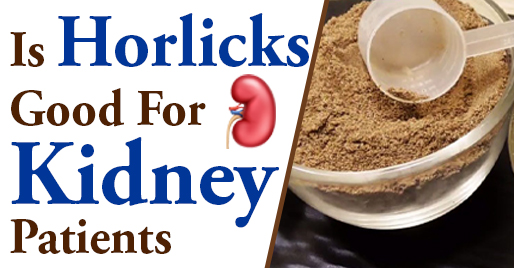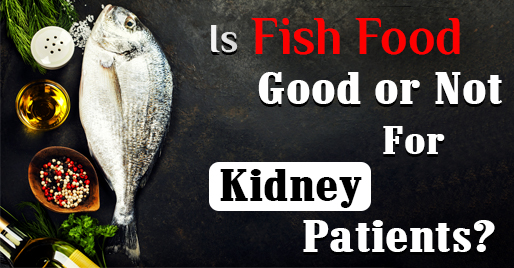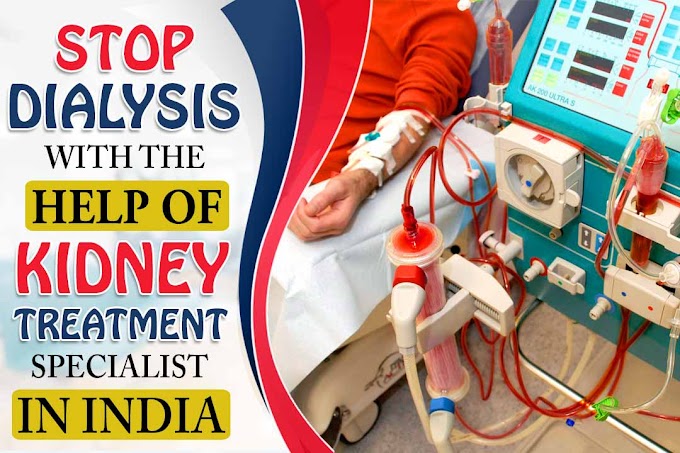Yes, Ayurveda offers a plethora of natural remedies which are proven effective in curing any kind of chronic renal dysfunction ranging from mild to severe ones. The Ayurvedic treatment for polycystic kidney disease is formulated from the extract of several potent herbs, leaves, and fruits which are composed of unique healing ability and work on the affected part of the body where healing is required.
Talking about polycystic kidney disease, Ayurvedic treatment for PKD is best known for its healing ability that removes cysts that occur inside your kidneys and interfere with your kidneys’ functioning.
According to Ayurveda, the vitiation caused in three doshas (Vata, pitta, and Kapha) can lead to commodities in the body, which can also trigger problems like polycystic kidney disease in one or both of your kidneys. The Ayurvedic treatment for polycystic kidney disease is intended to bring balance to the aggravated dosha and make your kidneys strong and healthy which is essential for the optimal functioning of your body.
Ayurvedic treatments are way more effective than other newly-evolved medications because like other treatment Ayurvedic herbs not directly land on curing the symptoms, instead the herbs get inside the root cause of the problems and restores the damage from scratch and ensures 360-degree-relief from the problem with 0% chances of recurrence.
Also, Ayurvedic treatments are 100% safe and effective because the herbs are precisely prepared with the extract of several herbs which strengthen your immune system and increase your body’s ability to eliminate the potential threat at its initial stage.
Let’s take a closure look at the disease PKD, its causes, and the symptoms that come along with it.
What is polycystic kidney disease?
Polycystic kidney disease is a rare but serious health condition in which your kidneys gradually develop a cluster of round sacs of fluid inside your kidneys which interferes with your kidneys’ functioning. Having more than one cyst inside your kidneys can be dangerous as it can spread to other organs nearer to your infected kidneys. PKD is preventable with routine medications, but at the same time, it can also cause massive damage to your kidneys if not detected in time.
What are the symptoms of polycystic kidney disease?
The symptoms of polycystic kidney disease are hard to get noticed in the beginning, however, a person suffering from PKD will feel some visible signs mainly after a year or even more than that from being affected. Here we’ve listed some common signs which include the following-
- Fatigue
- Kidney stones
- pale skin color
- Joint pain
- Blood in urine
- Nail abnormalities
- Skin that bruises easily
- Urinary tract infection
- Having frequent urges to pass urine
- Feeling pain or tenderness in the abdomen
- Feeling pain in the sides
- High blood pressure
- UTI
- Frequent urges to pass
When to see a doctor?
It’s important to consult the doctor if you constantly feel any of the following symptoms discussed earlier in this article. But, it’s advised don’t remark these symptoms as your call for action, it’s always better to keep your kidneys strong and healthy by eating right and working out daily for at least one hour a day.
What causes polycystic kidney disease inside your kidneys?
Polycystic kidney disease is an inherited disorder that mainly occurs due to genetic malfunction that passes from one generation to another.
Types of polycystic kidney disease
- Autosomal dominant polycystic kidney disease
ADPKD develops between the age of 30 to 40 years. In this genetic dysfunction, only one parent has a problem and it passes to the children.
- Autosomal recessive polycystic kidney disease
In this type, symptoms develop shortly after the birth and both parents should have abnormal gene structure to pass this problem to their children.
How can polycystic kidney disease be prevented?
You need to undergo major fixes and modifications in your dietary habits to lower the effect of polycystic kidney disease which include-
- Limit your alcohol intake
- Quit smoking
- Maintain a healthy weight
- exercise for 30 minutes every day
- Lower your salt intake
- Follow low-fat diet
- Maintain your blood pressure level
- Maintain your blood sugar level












0 Comments